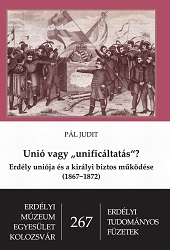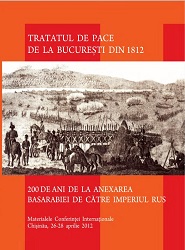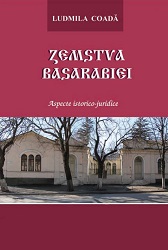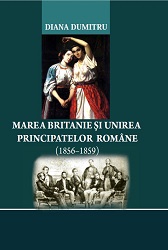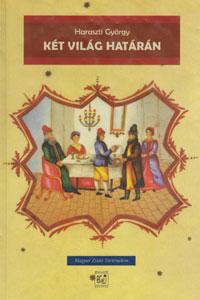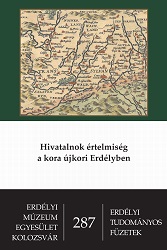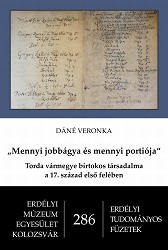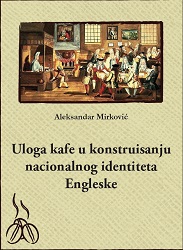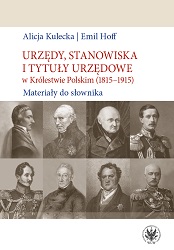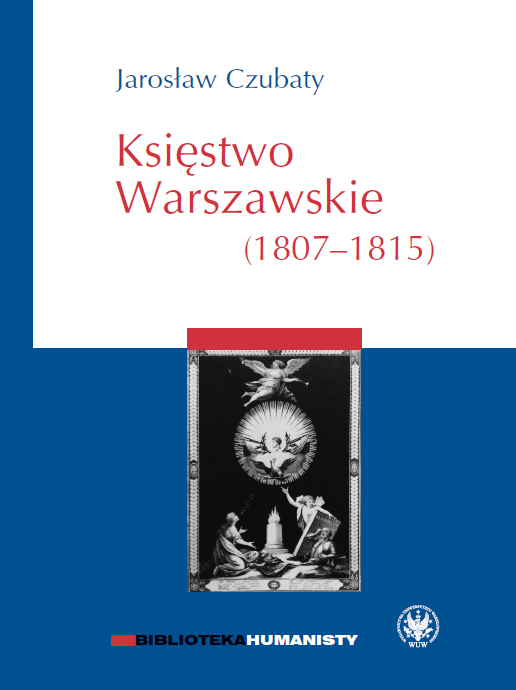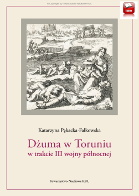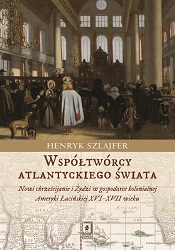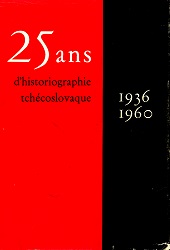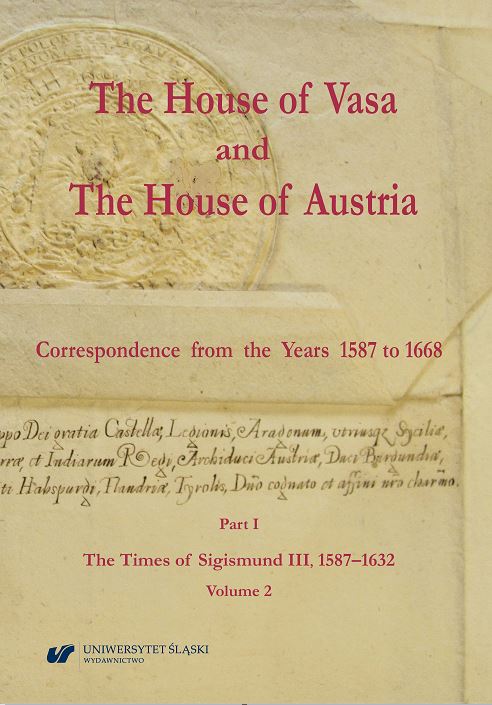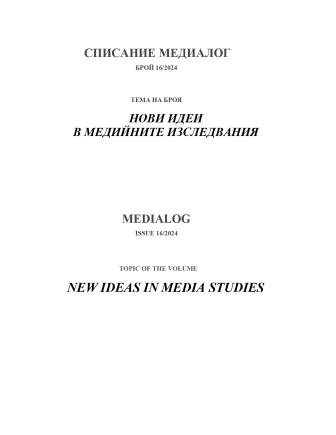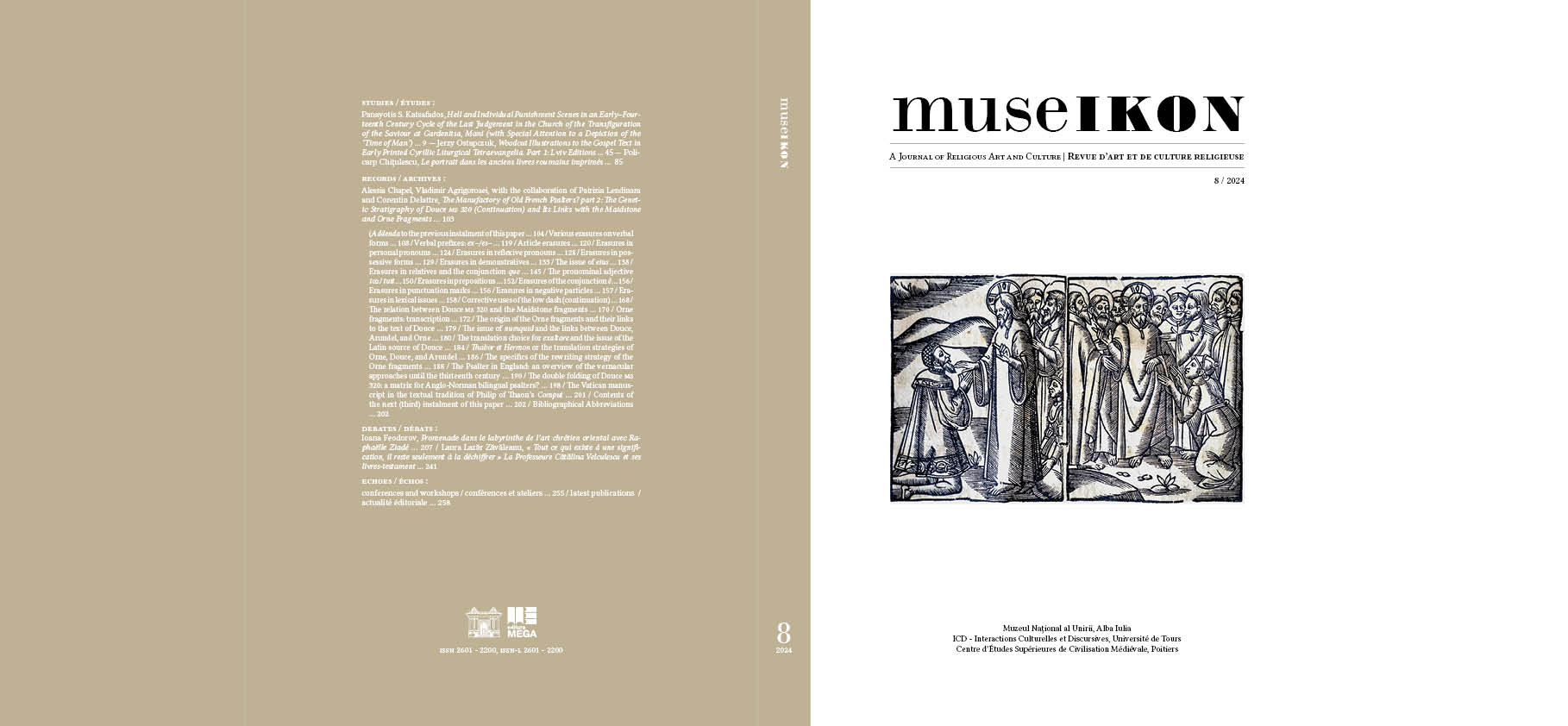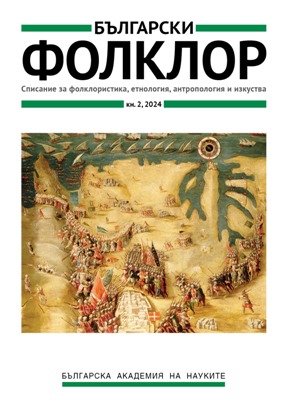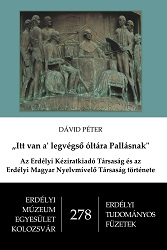
"Itt van a` legvégső óltára Pallásnak". Az Erdélyi Kéziratkiadó Társaság és az Erdélyi Magyar Nyelvmívelő Társaság története
This work shows how the 18th century scientific societies were established in Transylvania. Furthermore, it deals with the aims, the works, the ideology and the texts written by these societies. My thesis introduces how it was possible in Transylvania to find this type of societies with the support of the then-governor of Transylvania, György Bánffy. These institutions had the chance to be self-led, which was very strange at that time, given that there weren’t any similar institutions in Hungary.The first chapter of my thesis deals with the political situation of Transylvania in the 1790s and also with the diets that gathered at that time. The reason for this is that these diets bring forward the main issues of the whole Transylvanian society providing the context for the scientific societies’ purpose. This part of the dissertation highlights some political questions which were negotiated in the diet. Later these issues gave topics to the Manuscript Publishing Society and the Language Protective Society as well. One of the crucial questions is the relations of Transylvania with Hungary and Austria. There were some opinions at the diet of 1790–91 – using the chaotic situation after the death of Joseph II – which reinterpreted the relations between Vienna and Buda, Vienna and Cluj and also Buda and Cluj. A part of the thesis aims at analysing the relationship between the three countries based on some Transylvanian leaflets.At the 1790s diets there were both innovative and conservative ideas. The conservative ideas came from the Szeklers and the Saxons who were against paying taxes and joining the military. They also wanted to have their old privileges restored.This was the period when the Romanians first appeared on the Transylvanian political stage. They handed in the Supplex Libellus Valachorum which required privileges for the Romanian nation also referring to their ancient rights. The Supplex Libellus Valachorum would have given wider political rights and religious freedom to the Romanians if it had been accepted. Unlike the Romanians, the Armenians were successful. The cities of Szamosújvár and Ebesfalva handed in a petition to the diet to give them the right of becoming free royal cities. The question of nationalities inside Transylvania was a crucial problem outside the diets as well. This work shows how the 18th century scientific societies were established in Transylvania. Furthermore, it deals with the aims, the works, the ideology and the texts written by these societies. My thesis introduces how it was possible in Transylvania to find this type of societies with the support of the then-governor of Transylvania, György Bánffy. These institutions had the chance to be self-led, which was very strange at that time, given that there weren’t any similar institutions in Hungary.The first chapter of my thesis deals with the political situation of Transylvania in the 1790s and also with the diets that gathered at that time. The reason for this is that these diets bring forward the main issues of the whole Transylvanian society providing the context for the scientific societies’ purpose. This part of the dissertation highlights some political questions which were negotiated in the diet. Later these issues gave topics to the Manuscript Publishing Society and the Language Protective Society as well. One of the crucial questions is the relations of Transylvania with Hungary and Austria. There were some opinions at the diet of 1790–91 – using the chaotic situation after the death of Joseph II – which reinterpreted the relations between Vienna and Buda, Vienna and Cluj and also Buda and Cluj. A part of the thesis aims at analysing the relationship between the three countries based on some Transylvanian leaflets. At the 1790s diets there were both innovative and conservative ideas. The conservative ideas came from the Szeklers and the Saxons who were against paying taxes and joining the military. They also wanted to have their old privileges restored.This was the period when the Romanians first appeared on the Transylvanian political stage. They handed in the Supplex Libellus Valachorum which required privileges for the Romanian nation also referring to their ancient rights. The Supplex Libellus Valachorum would have given wider political rights and religious freedom to the Romanians if it had been accepted. Unlike the Romanians, the Armenians were successful. The cities of Szamosújvár and Ebesfalva handed in a petition to the diet to give them the right of becoming free royal cities. The question of nationalities inside Transylvania was a crucial problem outside the diets as well. Famous Transylvanian historians and the members of the Language Protective Society will work on this topic.From the reports of the diets, leaflets, petitions and private letters emerges a very colourful Transylvania, with several religious cults, nationalities and political ideologies. Among these, Governor György Bánffy, tried to create a “unified Transylvania”. Bánffy’s idea is based on the Transylvanian traditions and laws. That is why Bánffy’s programme became Transylvania’s official ideology. The main argument for his theory is that it may have succeded in controlling the contrasts between the multiple nationalities and religions. Bánffy’s aim is to reach peace among the nationalities by trying to reach a network of compromises. The scientific institutions, which are supported by Bánffy, will use the same ideology in their texts. The second chapter of my dissertation deals with the Manuscript PublishingSociety. It follows the tradition of those treatises which have been written about this topic earlier. It centers on the description of the structure and the aims of the institution. This chapter has two significant results. On one hand, it interprets manuscripts which have never been analysed before. On the other hand, it deals with the paratexts of Schesaeus-epic, published by the society. From these texts we can extract elements of the “unified Transylvania” ideology.The third chapter is about the Transylvanian Language Protective Society. I start the description with the analysis of György Aranka’s leaflets and the problem of the Hungarian official language. Based on these leaflets we can discover the main aim of the society: to develop the Hungarian language and to make its use possible in both political and legal communication. Moreover, its objective was to spread it among the different nationalities that live in the country. The chapter also figures out why the researchers and politicians considered this theory possible. This chapter describes the structure of the society, the changes it went through and its most important members. It differentiates the institutions, firstly from a circle of friends who gathered in 1803, secondly, from a scientific society which was founded and supported by Farkas Cserey in 1806. And thirdly, it intends to separate the Language Protective Society from the group which gathered in 1818, leaded by Gábor Döbrentei. This segment studies the Aranka-correspondence as the primary source for revealing the relationship among the members of the society.In addition, it analyses the reports of the societies in order to discover the facts that caused some changes in the structure of the institution, dividing its work into six periods. This chapter also analyses the “colourful” publication of the institution called The First Work of the Hungarian Language Protective Society. The aim of this book was to show that Hungarian language is appropriate for assembling several types of writing (e.g.: review, comical poems or odes).With the help of new sources, my paper tries to explain the reasons which led to the end of the Language Protective Society’s work in 1801. The last chapter of the thesis is about two texts in which the members of the Language Protective Society were extremely interested. These texts are the following: the Szekler Chronicle of Csík and a description of Transylvania which used the Szekler Chronicle of Csík. This description was compiled as a response against August Ludwig Schlözer’s Kritische Sammlungen. From the analysis of these works it turns out that the Language Protective Society also followed the theory of the “unified Transylvania” and tried to create representative documents that show the Hungarian as an appropriate language for legal, political or scientific communication. The description of Transylvania, which was written for thise purpose, defines the situation of the Hungarian, Szeklers and Saxon nationalities on the basis of traditional historical view. Using the Szekler Chronicle of Csík it considers the Szeklers to be the aboriginals of Transylvania who even helped the Hungarians to find their new homeland in the 890s. Another innovation of this description is that it also regards the Romanian nationality as residents of Transylvania.In the last part of the third chapter readers can get acquainted with the societies which were formed later and which tried to pose as successors of the Language Protective Society. Although these societies and their texts were created on the basis of other political ideologies, they aimed to inherit the support and the collection of their predecessor. They wanted to define themselves as the pursuers of the work of the late 18th century society. However, they wanted to hide the idea of the “unified Transylvania” which was very significant in the life of the Language Protective Society.
More...
